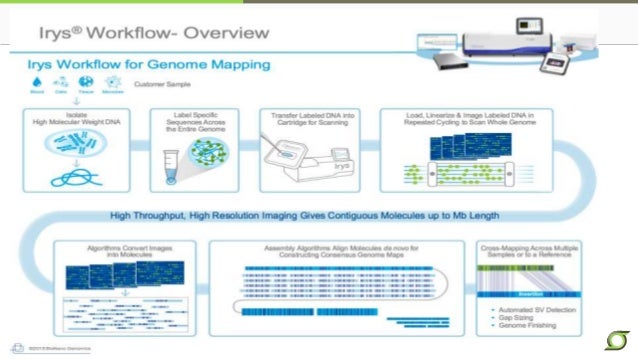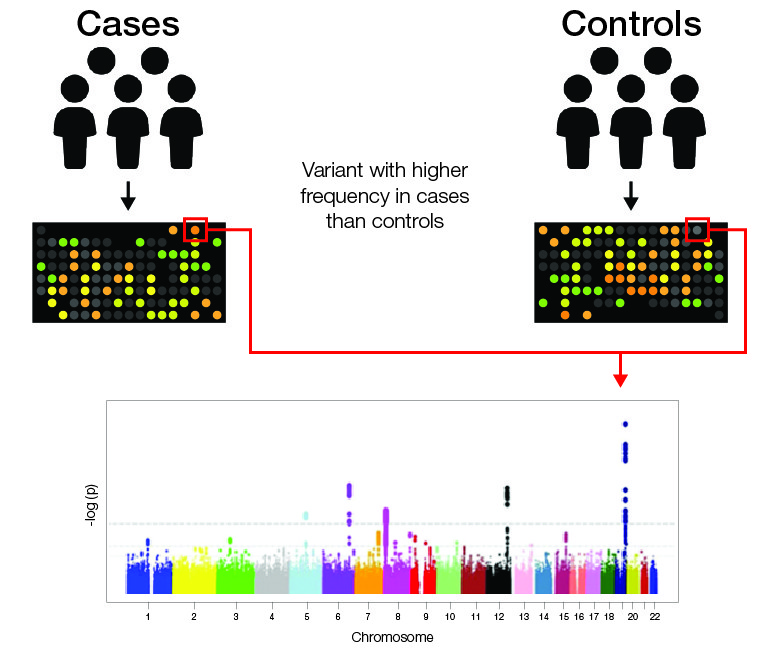
The frequency of individual pathogen species varies within the growing season, further limiting the effectiveness of more generalized management approaches. With three causal pathogen species, the management of AB is challenging and complex, and requires a combination of management strategies. pinodella seemingly being the least prevalent. In Australia, AB presents as a complex of mainly P.

Economic losses can occur through a reduction in crop biomass or the infection of pods and seeds that makes the grain unmarketable. Average annual losses to AB are from 10 to 60% in Australia, with higher losses observed when environmental conditions such as rain and wind favour disease progression. In Australia, AB is the second most important biotic stress affecting field pea production after bacterial blight caused by Pseudomonas syringae. Up to 50% losses have been reported in Canada, 40% in France, 53% in Ethiopia, and 30% in China a disease severity of 72% has been reported in Spain. Significant yield losses have been reported across the world, although varying environmental conditions and cropping systems affect the level of damage due to ascochyta blight. pinodella), Phoma koolunga, Phoma herbarum, Boerma exigua var. Jones) (Synonym: Ascochyta pinodella, syn. Bloxham) (Synonyms: Ascochyta pinodes, Mycosphaerella pinodes, Teleomorph: Didymella pinodes), Peyronellaea pinodella (L.K. Unlike other legumes where only one ascochyta species is responsible for the disease, there are at least seven reported species which are responsible for AB in field peas, including: Ascochyta pisi Lib., Peyronellaea pinodes (Berk. It is a major production constraint in all of the areas where these crops are produced, presenting significant crop losses as well as a reduction in yield and grain quality. AB affects most legume growing regions around the world, especially Europe, Australia, New Zealand, and North America. AB, caused by fungal species from the phylum Ascomycota, is a foliar disease affecting all of the above-ground organs of the plant, including the stem, leaves, pods, and flowers. This study provided the much-needed genetic resources and characterization of the AB species to further drive research in key areas such as disease epidemiology and host–pathogen interactions.Īscochyta Blight (AB), also referred to as black spot, is a devastating disease of many cool-season legumes of commercial importance, including field pea, lentil, chickpea, and faba bean. Phylogenetic analysis revealed that genetic diversity can be exploited for species marker development.

koolunga’s genome was seen, with strong repeat-induced point mutation (RIP) activity being evident. The analysis of the repetitive DNA content showed differences in the transposable repeat composition in the genomes and their expression in the transcriptomes. More homology and orthologous gene clusters are shared between P. Comparative genome analysis was performed to elucidate the differences and similarities between species and isolates using phylogenetic relationships and functional diversity. Using Oxford Nanopore long-read sequencing, we report the first high-quality, fully annotated, near-chromosome-level nuclear and mitochondrial genome assemblies for 18 isolates from the Australian AB complex. Limited genomic resources for these pathogens have been generated, which has hampered the implementation of effective management strategies and breeding for resistant cultivars. In field pea, three fungal pathogens have been identified to be responsible for this disease in Australia, namely Peyronellaea pinodes, Peyronellaea pinodella and Phoma koolunga. Ascochyta Blight (AB) is a major disease of many cool-season legumes globally.


 0 kommentar(er)
0 kommentar(er)
